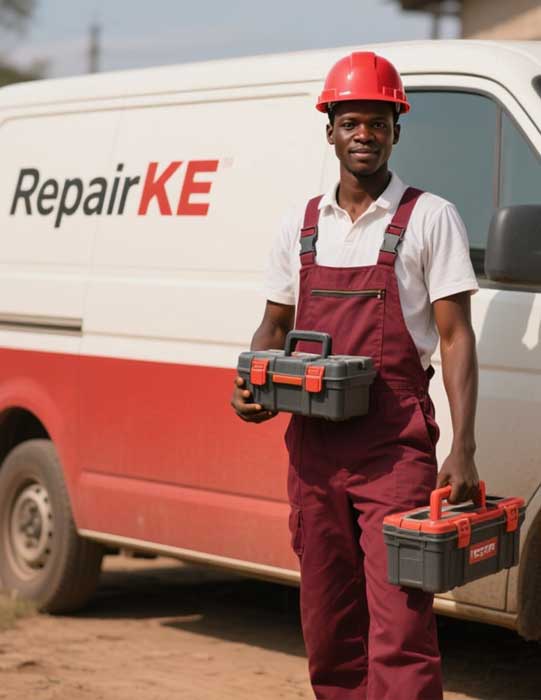
The Process of Elevator Maintenance and Service
Elevator maintenance and service are critical for ensuring the safe, reliable, and efficient operation of elevators in residential, commercial, and industrial buildings. Regular maintenance minimizes downtime, extends equipment lifespan, and ensures compliance with safety regulations. This article provides a comprehensive overview of the elevator maintenance and service process, detailing key procedures, their importance, and best practices for effective upkeep.
"Proactive elevator maintenance prevents unexpected breakdowns and enhances passenger safety." – Elevator Safety Engineer
Importance of Elevator Maintenance
Elevators are complex systems comprising mechanical, electrical, and electronic components that operate under constant stress. Routine maintenance prevents wear and tear from escalating into costly repairs or hazardous malfunctions. It ensures compliance with local and international safety standards, such as those set by the American Society of Mechanical Engineers (ASME) or regional regulatory bodies. Additionally, well-maintained elevators improve user experience by reducing wait times and ensuring smooth operation.
Key Components of Elevator Maintenance
Elevator maintenance involves inspecting and servicing various components to ensure optimal performance. Below are the primary areas addressed during maintenance.
Mechanical Systems Inspection
Technicians examine mechanical components, including cables, pulleys, and counterweights, for signs of wear, corrosion, or misalignment. They lubricate moving parts to reduce friction and check the condition of brakes and safety gears to ensure reliable stopping mechanisms.
Electrical and Control Systems Check
The electrical systems, including motors, wiring, and control panels, are inspected for faults or degradation. Technicians test the elevator’s control software to ensure accurate floor leveling, door operation, and response to user inputs. Backup power systems, such as batteries or generators, are also verified.
Safety Systems Testing
Safety features, such as emergency brakes, door sensors, and overload detectors, are rigorously tested to confirm they function correctly. Technicians ensure that alarms, emergency phones, and lighting systems are operational for passenger safety during emergencies.
Cabin and Door Maintenance
The elevator cabin is inspected for structural integrity, cleanliness, and aesthetic condition. Doors are checked for smooth operation, proper alignment, and sensor functionality to prevent accidents. Technicians also verify that door reopening devices respond to obstructions.
Performance Optimization
Maintenance includes fine-tuning the elevator’s speed, acceleration, and deceleration to ensure a comfortable ride. Technicians may adjust settings to improve energy efficiency, particularly in modern elevators with variable frequency drives.
"Regular maintenance can reduce elevator energy consumption by up to 15% in high-traffic buildings." – Building Management Consultant
The Maintenance Process
The elevator maintenance process follows a systematic approach to ensure thorough inspection and servicing. Below is an outline of the typical steps involved.
Scheduled Inspections
Maintenance is conducted on a regular schedule, typically monthly, quarterly, or annually, depending on the elevator’s usage and manufacturer recommendations. Technicians perform visual and functional checks to identify potential issues before they escalate.
Diagnostic Testing
Using specialized tools, technicians run diagnostic tests to assess the performance of electrical and mechanical systems. This includes analyzing data from onboard computers to detect anomalies in operation.
Component Cleaning and Lubrication
Dust, debris, and grime are removed from critical components to prevent corrosion and ensure smooth operation. Lubricants are applied to moving parts, such as guide rails and bearings, to minimize friction and wear.
Repairs and Replacements
Worn or damaged components, such as cables, belts, or circuit boards, are repaired or replaced. Technicians use manufacturer-approved parts to maintain system integrity and compliance with safety standards.
Documentation and Reporting
After maintenance, technicians document their findings, including any repairs made and recommendations for future service. This report is shared with building management to ensure transparency and compliance with regulations.
"A detailed maintenance log is essential for tracking elevator performance and meeting regulatory requirements." – Facility Manager
Best Practices for Elevator Maintenance
To maximize the benefits of elevator maintenance, building owners and managers should adhere to the following best practices:
- Hire Certified Professionals: Engage licensed technicians with expertise in elevator systems to ensure high-quality service.
- Follow Manufacturer Guidelines: Adhere to the maintenance schedule and procedures recommended by the elevator manufacturer.
- Invest in Preventive Maintenance: Proactive servicing reduces the likelihood of major repairs and extends equipment lifespan.
- Monitor Performance: Use remote monitoring systems to track elevator performance in real-time and address issues promptly.
- Educate Users: Inform passengers about proper elevator use to prevent misuse that could lead to mechanical issues.
"Modern elevators with IoT-enabled monitoring can predict maintenance needs before issues arise." – Elevator Technology Specialist
Choosing a Reliable Maintenance Provider
Selecting a reputable elevator maintenance provider is crucial for consistent service quality. Look for companies with certified technicians, a proven track record, and transparent pricing. Ensure the provider offers 24/7 emergency support and uses genuine parts. Request references and review contracts to confirm that maintenance plans align with the building’s needs and regulatory requirements.
By prioritizing regular elevator maintenance and service, building owners can ensure safe, efficient, and reliable operation, enhancing user satisfaction and protecting their investment in this essential infrastructure.




